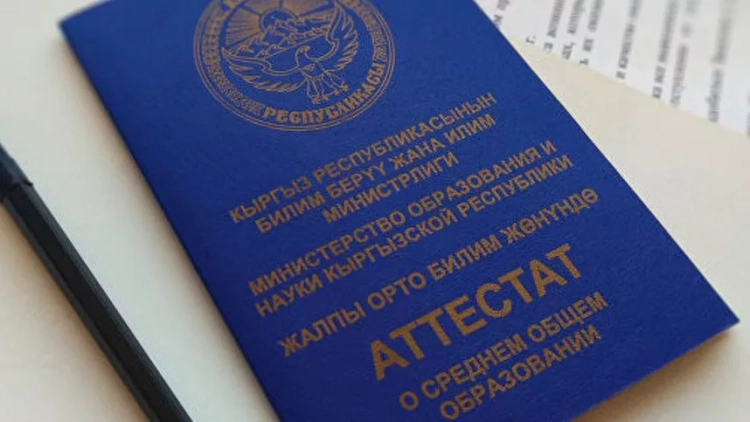
Outstanding People of Karakol
The chronicle of the city of Karakol preserves the names of outstanding individuals who played a significant role in its formation and development.
Nikolai Matveyevich Barsov, a native of Novgorod Province, was sent to Karakol as a military hospital doctor after graduating from Moscow University. This was in early 1880, i.e., 11 years after the city was founded. The military hospital was the only medical institution in Karakol until the revolution (not counting the pharmacy opened in 1899). Barsov was a progressive Russian intellectual of his time: he was elected city elder twice, held the civil rank of Collegiate Councillor, and served as the chairman of the city orphan court. The city owes its improvements in education and healthcare, as well as the creation of a city park—one of the best in the Turkestan region in terms of landscaping—to Barsov's efforts, which the townspeople referred to as the "Barsov Park."

Recently, one of the streets in Karakol was named after Yaroslav Ivanovich Korolkov—a major general of the tsarist army—a man of unique character and exceptional talent. After graduating from a cadet school, Korolkov participated in the liberation of Bulgaria from Turkish rule, and after the completion of the Russo-Turkish campaign in 1880, he requested a transfer to Karakol. There, he took command of a mountain battery and became involved in activities far removed from garrison duty: he organized a meteorological station, established connections with the Botanical Garden in St. Petersburg, and made significant contributions to the development of beekeeping in the region. He studied the climate and glaciers, collected herbarium specimens and seeds of Tien Shan fir, published scientific reports, wrote articles, and assisted in preparing Central Asian expeditions for Przhevalsky, Pevtsov, and Roborovsky.
In 1907, the Issyk-Kul Stud Farm for purebred and half-bred English horses was established in Karakol.

Its founder was Staff Captain Viktor Adamovich Pyanovsky, who financed the construction of a racetrack in the city and laid the foundation for thoroughbred horse breeding in Semirechye. In 1910, a state breeding stable was opened, which had branches in many resettlement villages in the Pre-Issyk-Kul region.
In certain years, a whole constellation of renowned scientists and travelers gathered in Przhevalsk.

In the spring of 1869, Vasily Vasilyevich Vereshchagin was sent from Tashkent to the Semirechye region for "ethnographic research." On his way to Karakol, the artist visited many picturesque spots. As a result of his travels, he created over 40 paintings and studies about the nature, people, culture, daily life, and customs of the Kyrgyz, which became part of the Golden Fund of Russian visual art. The famous Kyrgyz historian S.S. Daniyarov emphasized that "thanks to the works of V.V. Vereshchagin, the history and culture of the Kyrgyz people became known not only in Russia but also beyond its borders even before the revolution."













































